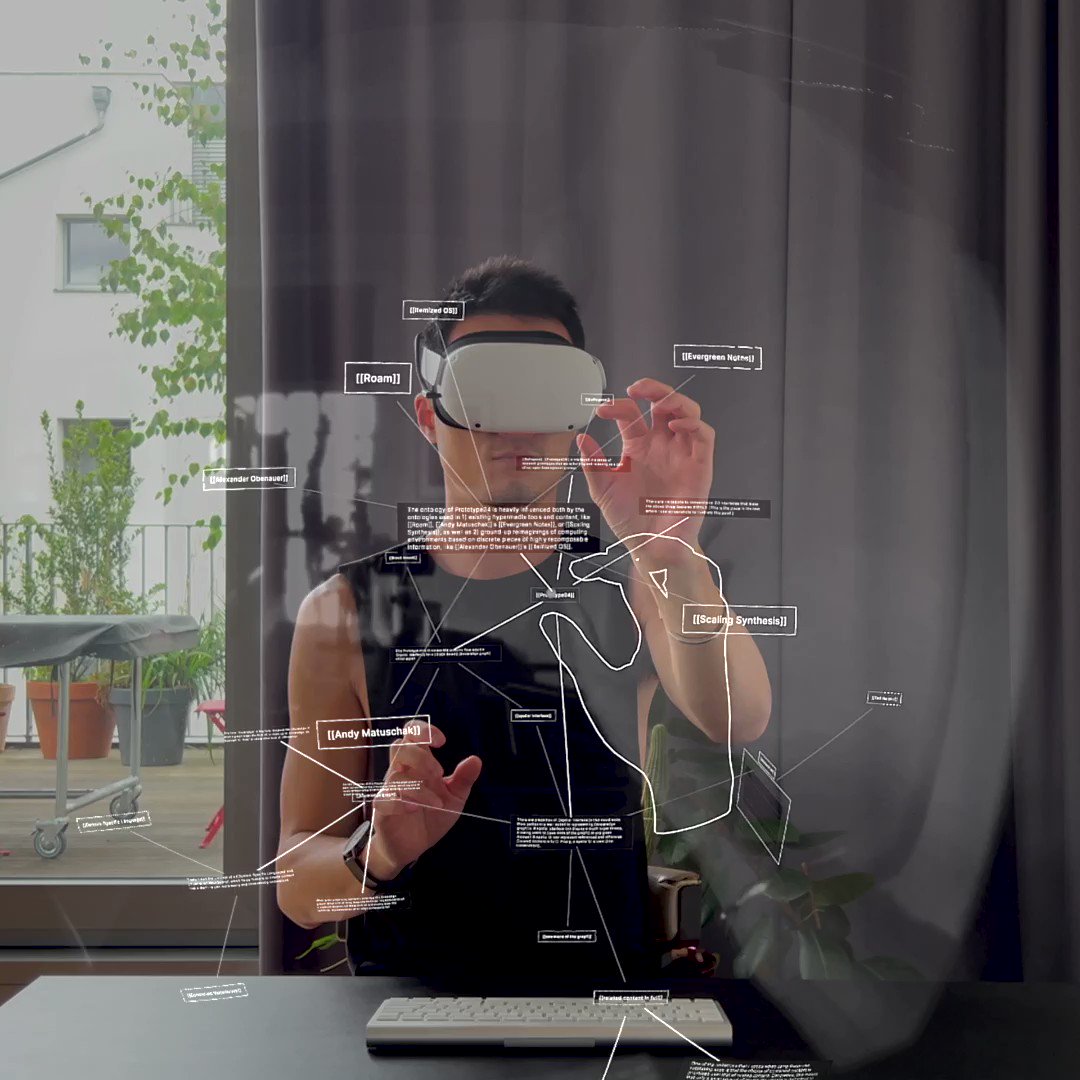🛸 Composable Visual Exploration 👓 Spatial Interface 🐢 Self-modifying Text Editor 💼 Excel is Pretty Dang Cool
Two Minute Week
🎥 Week 32 via Peter Saxton
Good evening, I've added concurrency to my interpreted runtime.
I have previously been compiling to JS and using FFI to a layer underneath for my universal apps. but that was not giving enough control.




[x] Change Month and Week Number
[x] focWeekExport "2022-01-19" "2022-01-26"
[ ] Summary
[ ] Hashtags
[x] Check that comment links work (push weekly dump with channel summaries)
[x] Check to mention right person for moved messages
[x] Update Search Index
[x] Download New Attachments
[x] Update links
https://tinyletter.com/
https://tinyletter.com/marianoguerra/letters/
http://localhost:8000/history/
https://marianoguerra.github.io/future-of-coding-weekly/
https://stackedit.io/app#